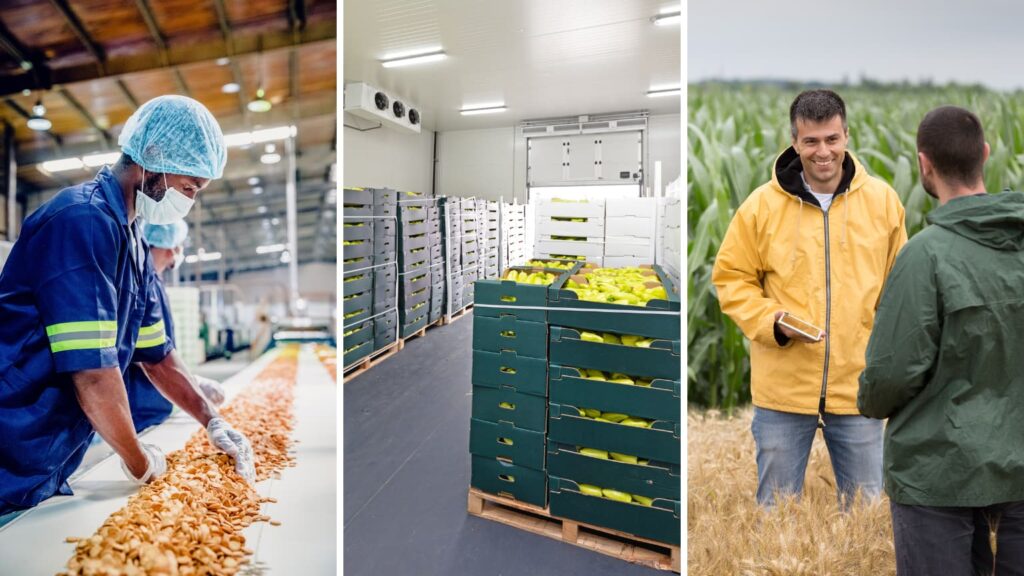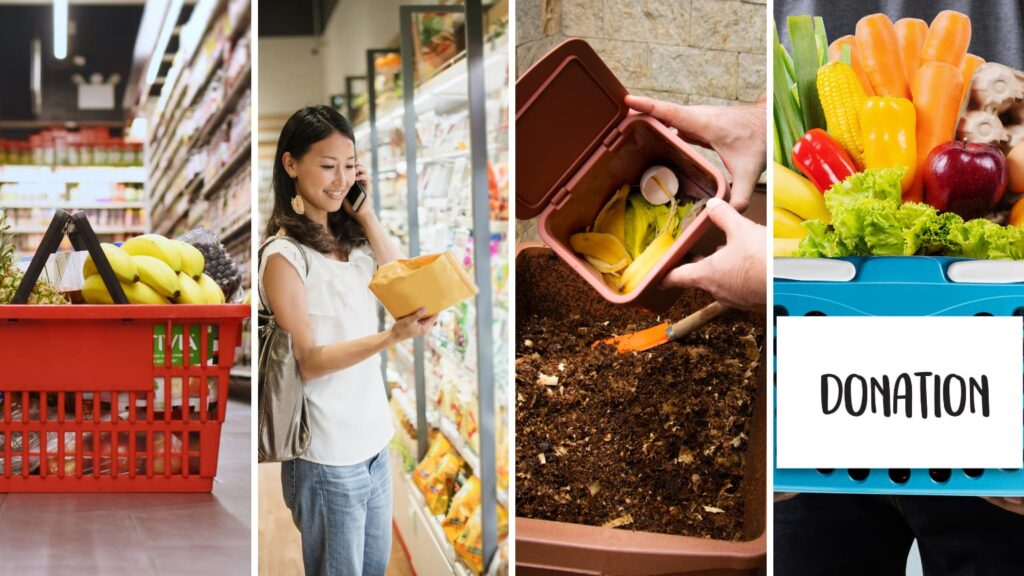In the United States, food loss and food waste occur in nearly every setting and at every level of the supply chain. Unfortunately, more than 33% of food in the country goes uneaten due to loss or waste.
This issue not only threatens food security for many people around the world but also has negative economic and environmental impacts.
There are ways for society to combat food loss and waste, starting with adjusting considerations about how we produce, process, track, and deliver food to the consumer. Everyone along the chain must learn more about food loss and waste, the differences between the two, and how we can ensure that neither continues to negatively impact our society.
What Is Food Loss?
Food loss is simply having less or lower quality food due to issues arising in the supply chain. Food loss can include any food that must be disposed of at any point from the farm to the retailer responsible for making the final sale.
It’s important to realize that food loss is not a personal issue — it’s an industrial one. Therefore, solutions for eliminating food loss must start at the industrial level and focus on operational improvements throughout the supply chain.
What Is Food Waste, and How Is It Different?
Food waste and food loss are often mentioned together and sometimes used interchangeably. However, they are not the same. Food waste is a decrease in the amount or quality of food available because of decisions made at the retail, service provider, or consumer level.
For example, when restaurants or individual consumers throw away food that may still be suitable for consumption, that is considered food waste.
Because food waste does not occur within the supply chain, any efforts to stop it from happening must occur on a smaller, more individual scale. This step is where personal and corporate responsibility comes in. Eliminating food waste involves changing individual and company-wide thinking and behaviors to create less waste.
Three Methods to Help Reduce Food Loss

The first step to stopping food loss and food waste is simply knowing that both can be reduced or eliminated. Once you know it’s possible, you can begin the process of coming up with viable solutions. Some of the specific methods suppliers and governments can use to reduce food loss include:
1. Regulating Production
Placing government regulations on how much food is produced can prevent companies from over-producing and having to toss it in the end. It can also better align food production with actual demand from retailers
2. Harvesting and Packing Effectively
Improving how farmers harvest and supply chain providers store food can prevent it from spoiling or becoming damaged before it reaches the retailer. In an upcoming section, you’ll learn how tracking technology can help make this a reality.
3. Improving Communication
Retailers and producers need to be able to appropriately communicate about what is selling in stores. This allows producers to harvest more of what will actually sell and less of what will not. Alternatively, when producers can let retailers know what is available, stores can help prevent food loss by planning their orders accordingly.
Four Ways to Stop Food Waste

Because food waste happens outside the supply chain, these solutions must occur on a much smaller scale.
1. Buying Only What You Need
Many people buy items in bulk because of sales or coupons. However, when considering fresh or highly perishable food, it is essential to evaluate whether you are likely to eat everything you buy. If you don’t, you’ll be forced to waste food, especially if it’s a perishable item that cannot be donated to a food bank.
2. Planning Your Meals
Consider planning meals that incorporate food you already have in your home. This process could help you avoid buying unnecessary food and ensure that everything you purchase and bring home is consumed.
3. Composting Extra Food
This tip can help consumers, retailers, and food service businesses. Composting food you don’t want or need helps to create healthy soil and keep food items out of landfills. Although the food was not eaten, composting ensures that there is still benefit to the environment.
4. Donating to Food Banks
This is yet another tip that both consumers and businesses can use. Donating your unwanted food to a food bank prevents food waste by transferring consumables to someone else who truly needs them.
How Blockchain Technology Provides Better Options

One of the best solutions experts have come up with for reducing food loss and food waste is tracking produce from the farm to the table to create better communication between suppliers and retailers. The big question is: How can technology answer this problem?
Blockchain technology is efficient at tracking items moving from one location to another. With each transaction, the blockchain can record QR scans that include identifying information about the name of the business, its location, and whether any food has arrived damaged or spoiled.
The source of the damage can then be investigated, and the faulty link in the chain can take the necessary steps to prevent the same thing from occurring in the future.
Another idea is to allow grocery retailers access to the blockchain database to see what products are available from farmers. Instead of creating orders independent of this availability, retailers can plan their store inventory orders in accordance with what is already available, reducing the chances that food will be wasted due to misalignment.
Pairing Technology With Greater Awareness
While the prospect of using blockchain technology to track food and spot issues in the supply chain is exciting, it still requires people to change how they think about food waste and food loss. These are not issues that harm only those experiencing food insecurity; controls must be in place for food loss or waste to avoid a negative impact on everyone.
It’s likely that if society is able to grasp this concept, many more people will discover the motivation to speak up about these issues and find ways to begin combating them, even if just in their own lives.
Pramod Sajja, CEO & President at Paramount Software Solutions (farmtoplate.io).
